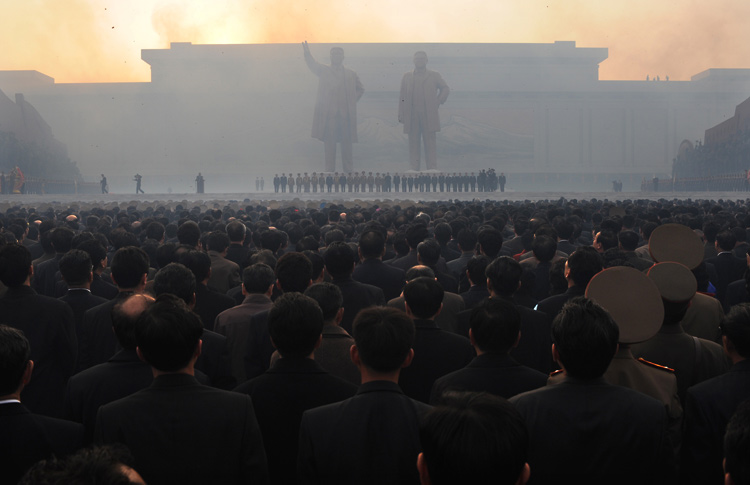Former North Korean leader Kim Jong Il died Dec. 17, 2011, in a fit of rage after he learned of construction problems at a hydroelectric power plant, a source told a South Korean newspaper.
The power plant, which was to supply around half of Pyongyang’s power, had a serious leak, the Chosun Ilbo reported. When Kim, around 70 when he died, learned about it, he lost his temper and then died, the source said.
“After being briefed about the leak, Kim Jong Il lambasted officials and ordered them to repair it,” said the anonymous source. “He rushed to make an on-site inspection of the facility, unable to contain his anger, and died suddenly.”
Hydropower is considered an extremely important source of energy for the reclusive communist nation. According to The Independent, North Korea’s national coat of arms includes a hydropower plant.
North Korean state-run media said two days after Kim died that he had died of a heart attack while he was traveling in his personal train.
The Huichon power plant was one of Kim’s pet projects and was to be a cornerstone in bringing North Korea’s Stalinist-inspired command economy out of its ruinous state to become a “powerful and prosperous nation,” according to the newspaper. In another report, The Independent said that Kim had visited the site at least eight times.
When Kim learned about the cracks in the dam, there were already serious problems at other projects, including a steel mill and textile plants that were intended to boost the country’s economy.
Construction of the plant appears to have been hurried after workers broke ground in 2009.
Originally, it was supposed to take around 10 years to complete, but was completed in April 2012, seven years ahead of schedule, after “incessant pressure” from Kim and his son, leader Kim Jong Un, according to Chosun. As a result, the dam had a number of outstanding issues, including massive cracks.
“It wasn’t just a crack. The safety of the entire dam was in question,” the source told the paper.
Now the plant is praised by the North Korean government as one of Kim’s “great achievements,” according to the Independent.
When Kim died, there was a several-daylong mourning period featuring numerous North Korean citizens crying in the streets. In January of last year, Kim was called the “eternal leader.” North Koreans were forced to partake in another mourning period in mid-December 2012.
The Epoch Times publishes in 35 countries and in 20 languages. Subscribe to our e-newsletter.






